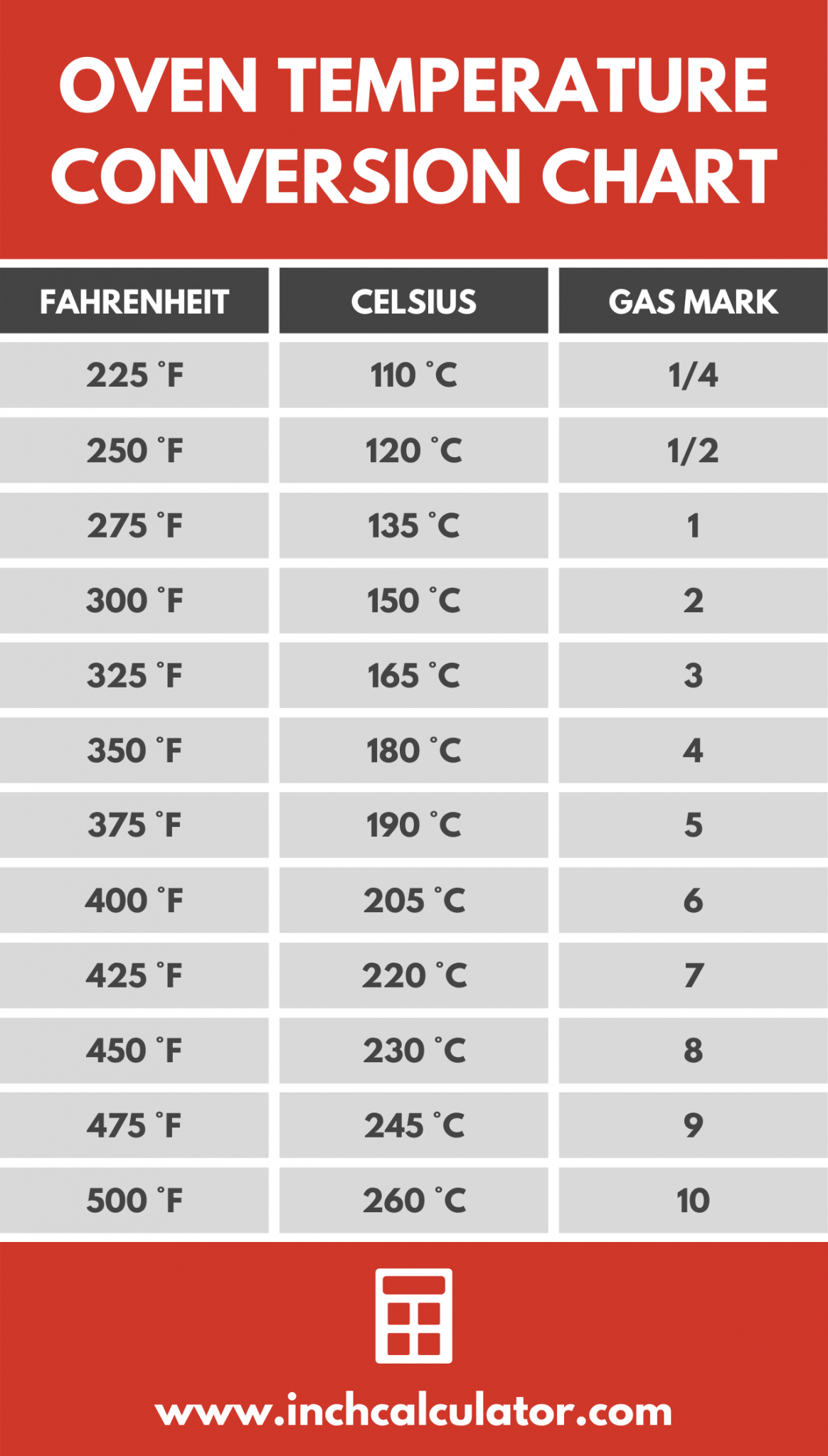

However, some authors instead use the notation "An increase of 50 F°" (reversing the symbol order) to indicate temperature differences. A difference between temperatures or an uncertainty in temperature is also conventionally written the same way as well, e.g., "The output of the heat exchanger experiences an increase of 72 ☏" or "Our standard uncertainty is ±5 ☏". A number followed by this symbol (and separated from it with a space) denotes a specific temperature point (e.g., " Gallium melts at 85.5763 ☏"). The combination of degree symbol (°) followed by an uppercase letter F is the conventional symbol for the Fahrenheit temperature scale. The Rankine temperature scale uses degree intervals of the same size as those of the Fahrenheit scale, except that absolute zero is 0 °R – the same way that the Kelvin temperature scale matches the Celsius scale, except that absolute zero is 0 K.

The Fahrenheit and Celsius scales intersect numerically at −40 in the respective unit (i.e, −40 ☏ ≘ −40 ☌).Ībsolute zero is 0 K, −273.15 ☌, or −459.67 ☏. With the Fahrenheit and Celsius scales now both defined by the kelvin, this relationship was preserved, a temperature interval of 1 ☏ being equal to an interval of 5⁄ 9 K and of 5⁄ 9 ☌. A temperature interval of 1 ☏ was equal to an interval of 5⁄ 9 degrees Celsius. On the Celsius scale, the freezing and boiling points of water were originally defined to be 100 degrees apart. Therefore, a degree on the Fahrenheit scale was 1⁄ 180 of the interval between the freezing point and the boiling point. This put the boiling and freezing points of water 180 degrees apart.
-to-Fahrenheit-(%C2%B0F)-Step-6.jpg)
Historically, on the Fahrenheit scale the freezing point of water was 32 ☏, and the boiling point was 212 ☏ (at standard atmospheric pressure). Definition and conversion Fahrenheit temperature conversion formulaeįor temperature intervals rather than specific temperatures, The United Kingdom started to change from Fahrenheit to Celsius in 1962, and many people remain aware of Fahrenheit temperatures degrees Fahrenheit are sometimes used in newspaper headlines to sensationalize heatwaves. All other countries now use Celsius ("centigrade" until 1948), a scale formalized about 20 years after the Fahrenheit scale. A handful of British Overseas Territories, including the Virgin Islands, Montserrat, Anguilla, and Bermuda, still use both scales.

Fahrenheit is used alongside the Celsius scale in Antigua and Barbuda and other countries which use the same meteorological service, such as Saint Kitts and Nevis, the Bahamas, and Belize. It continues to be officially used in the United States (including its unincorporated territories), its freely associated states in the Western Pacific ( Palau, the Federated States of Micronesia and the Marshall Islands), the Cayman Islands, and the former American colony of Liberia. It is now formally defined using the Kelvin scale and hence ultimately by the Boltzmann constant, the Planck constant, and the second (defined as a specific number of cycles of the unperturbed ground-state hyperfine transition frequency of the caesium-133 atom.) įor much of the 20th century, the Fahrenheit scale was defined by two fixed points with a 180 ☏ separation: the temperature at which pure water freezes was defined as 32 ☏ and the boiling point of water was defined to be 212 ☏, both at sea level and under standard atmospheric pressure. The other limit established was his best estimate of the average human body temperature, originally set at 90 ☏, then 96 ☏ (about 2.6 ☏ less than the modern value due to a later redefinition of the scale). Several accounts of how he originally defined his scale exist, but the original paper suggests the lower defining point, 0 ☏, was established as the freezing temperature of a solution of brine made from a mixture of water, ice, and ammonium chloride (a salt). It uses the degree Fahrenheit (symbol: ☏) as the unit. The Fahrenheit scale ( / ˈ f æ r ə n ˌ h aɪ t, ˈ f ɑː r-/) is a temperature scale based on one proposed in 1724 by the physicist Daniel Gabriel Fahrenheit (1686–1736). Thermometer with Fahrenheit (marked on outer bezel) and Celsius (marked on inner dial) degree units.


 0 kommentar(er)
0 kommentar(er)
